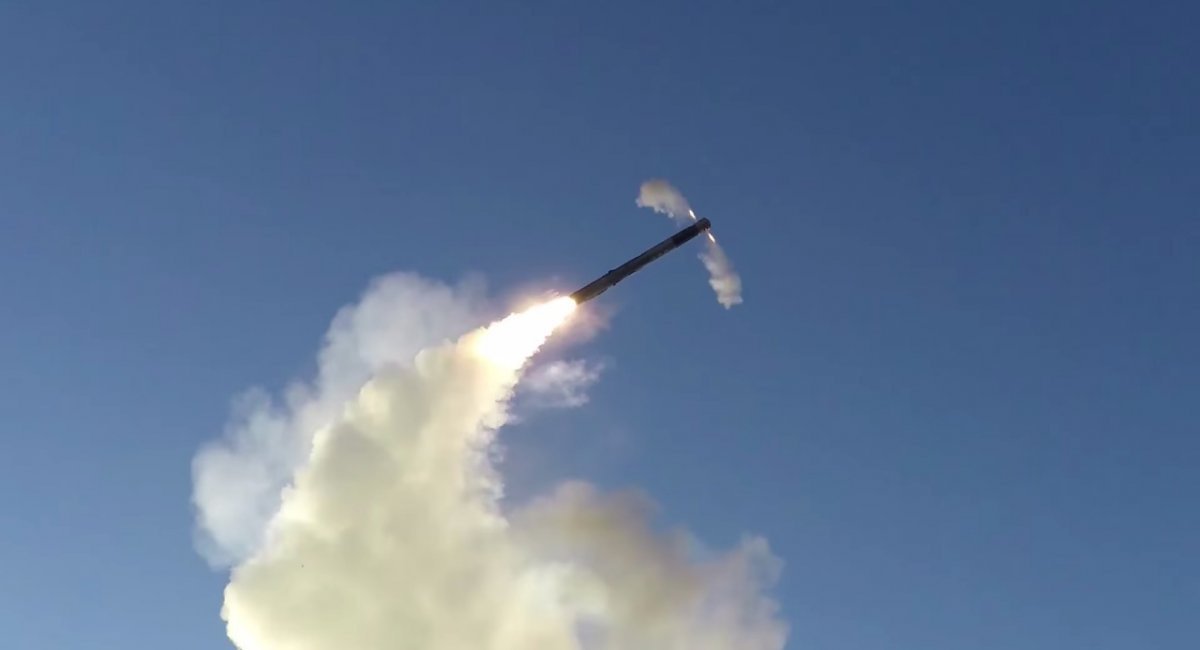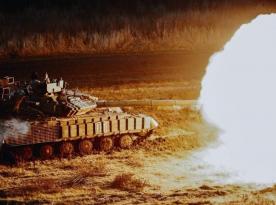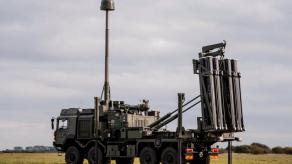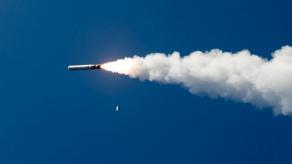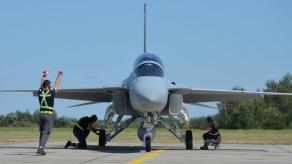The Kremlin reacted strongly to the U.S. decision to deploy Tomahawk cruise missile systems and Long-Range Hypersonic Weapon in Germany starting in 2026.
The threats were announced by russian leader and war criminal vladimir putin himself during a Navy Day parade in St. Petersburg. He stated that if the U.S. proceeds with this plan, russia will consider itself free from the previously imposed moratorium on deploying intermediate and shorter-range strike systems, including enhancements to the naval coastal troops' capabilities.
Read more: russia Supplied N.Korea With Materials and Documents For KN-23 Missile Production
But the main issue with this threat is that russia has already "played this card." In reality, the kremlin is now trying to intimidate by threatening to deploy medium-range missiles, even though it has already done so.
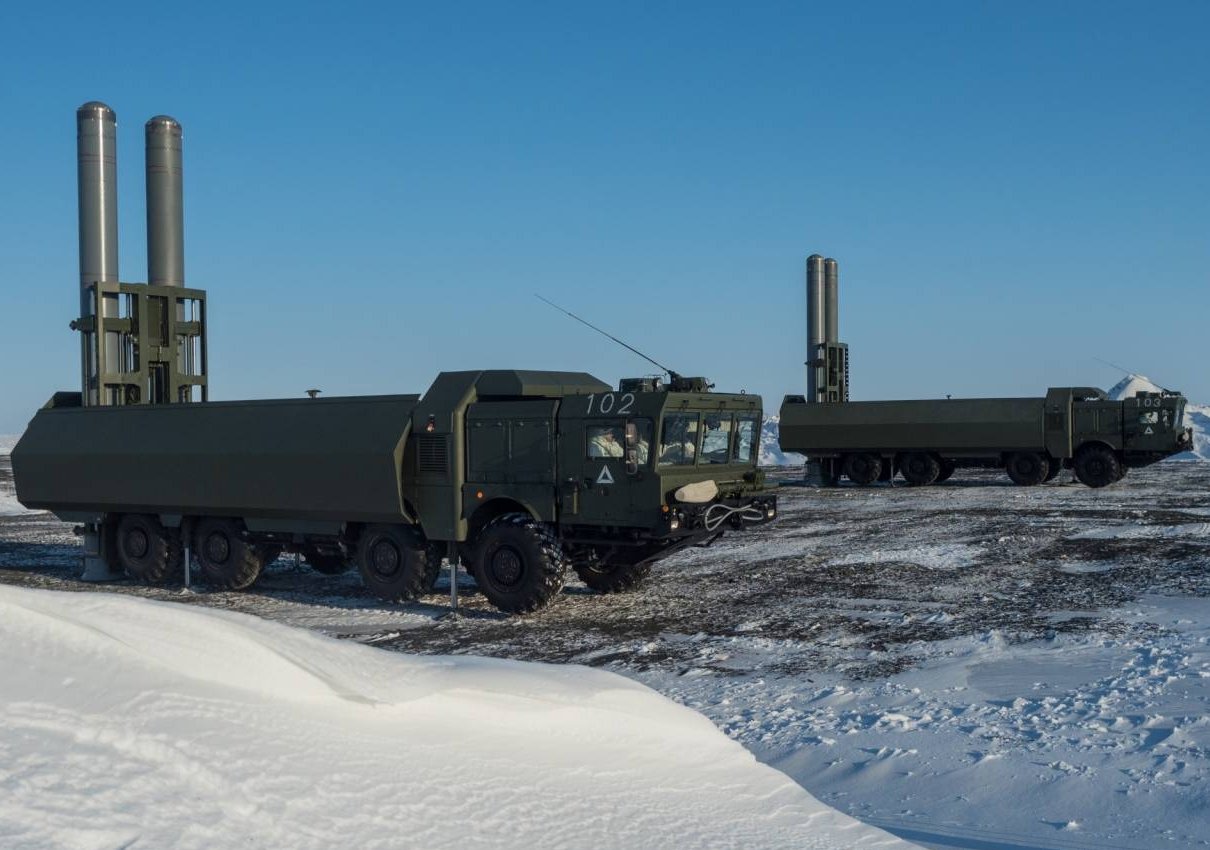
Firstly, russia's development and serial production of the P-500 cruise missile for the Iskander OTRK violated the 1987 INF Treaty. Although the U.S. announced a breach of the agreement as early as 2014, the treaty remained in effect until 2019. During this period, russia extensively deployed previously banned ground-launched cruise missiles with ranges exceeding 500 km.
The Iskander with the P-500 could potentially be complemented by Bastion coastal missile systems, as putin has announced. The Bastion system is officially equipped with the 3M55 Oniks anti-ship missile, which can also engage ground targets. The "M" version of this missile reportedly has a range of 800 km, which was previously prohibited. However, it is important to note that the universal 3S14 launcher used for this missile is also used for launching the standard Caliber cruise missiles.
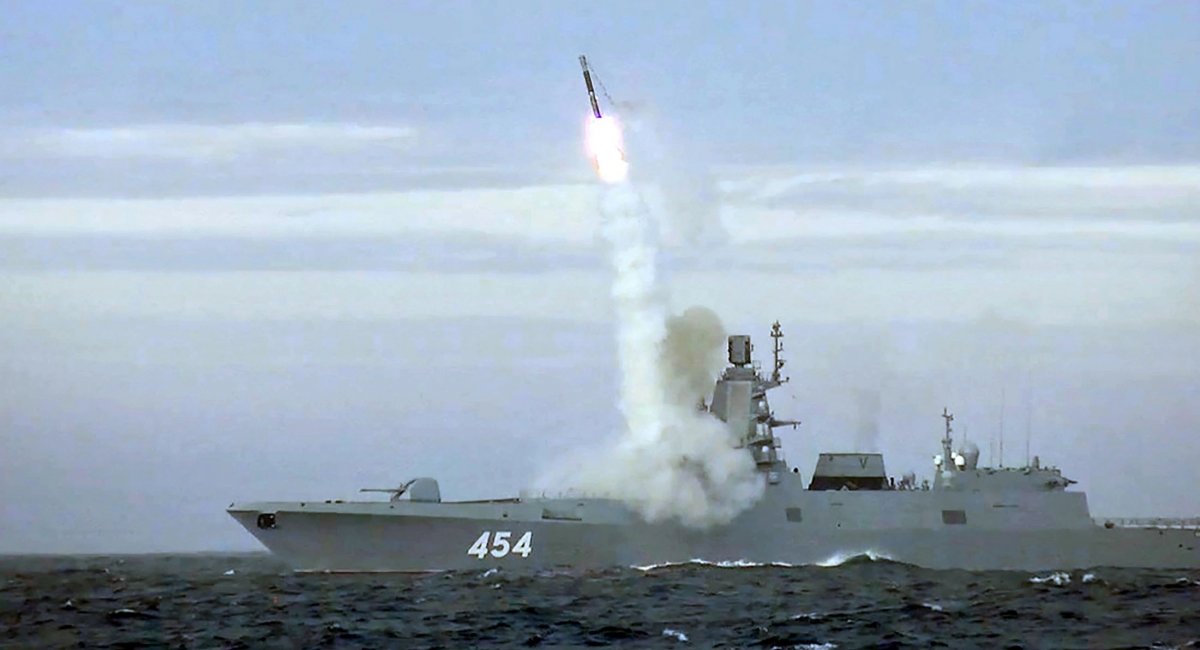
The 3M22 Zircon hypersonic missile is also launched from the Bastion system. It has a range of 1,000 km, which required reducing the warhead weight to 150 kg. This weight is adequate for a tactical nuclear warhead but insufficient for a fragmentation or high-explosive warhead. Therefore, the Zircon is already effectively a medium-range nuclear missile for ground-based systems.
Thus, russia currently has, not just in 2026 but right now, ground-launched cruise missiles such as the P-500 and the Kinzhal, along with the declared supersonic Oniks-M and the medium-range Zircon hypersonic. According to Ukraine’s Military Intelligence (GUR MO), the Zircon is being produced at a rate of 10 units per month.
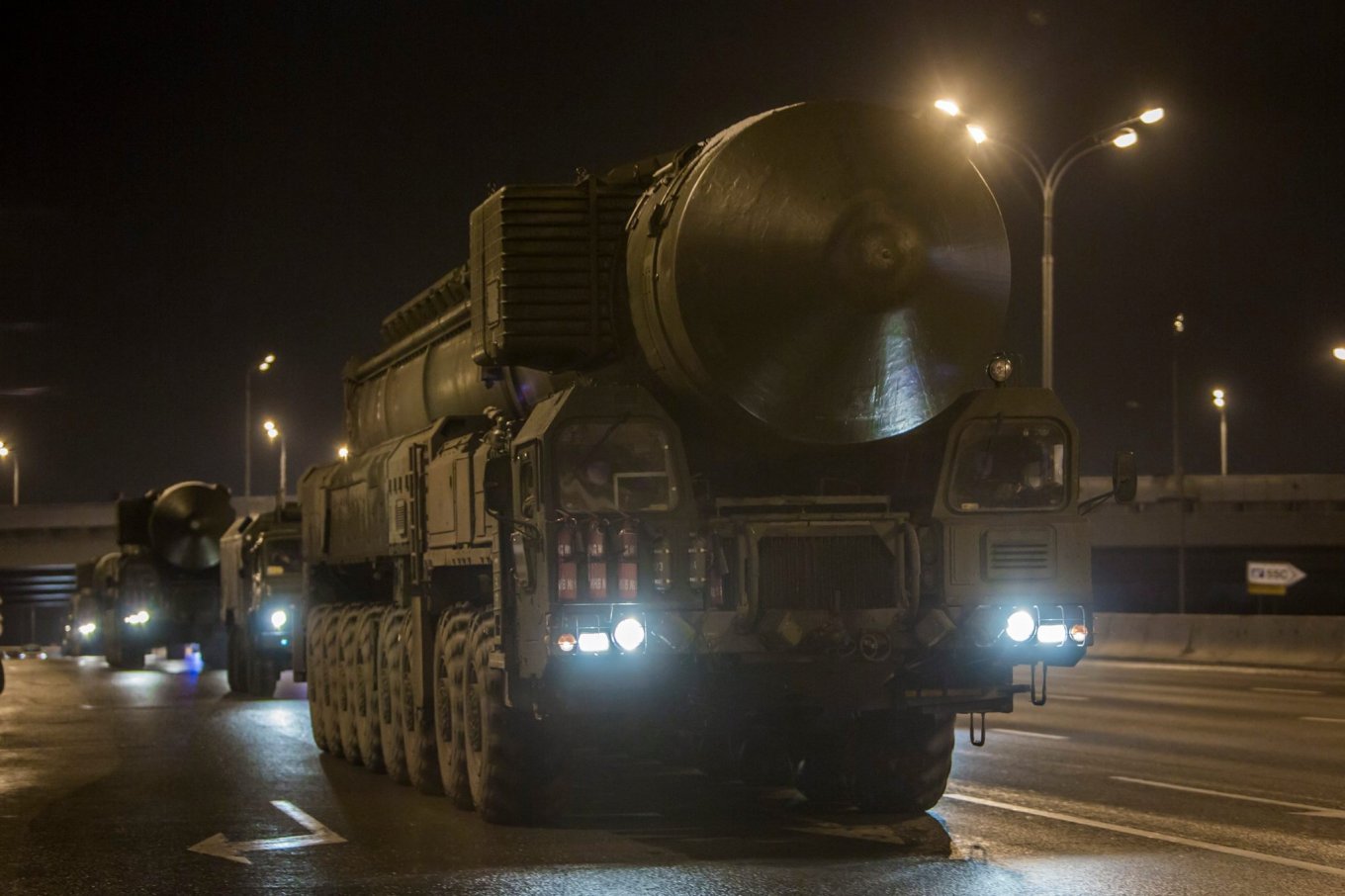
However, even this does not limit russia's arsenal of medium-range missiles.
In other words, the Kremlin has already taken all the steps they are now threatening. Furthermore, these actions have led not only to the decision to deploy American missiles in Germany but also to the initiation of developing medium-range missiles within the EU in response to russia.
Read more: When Will Ukraine Receive F-16s, How Many Will They Get, and How Will They Aid in the War Against russia?




